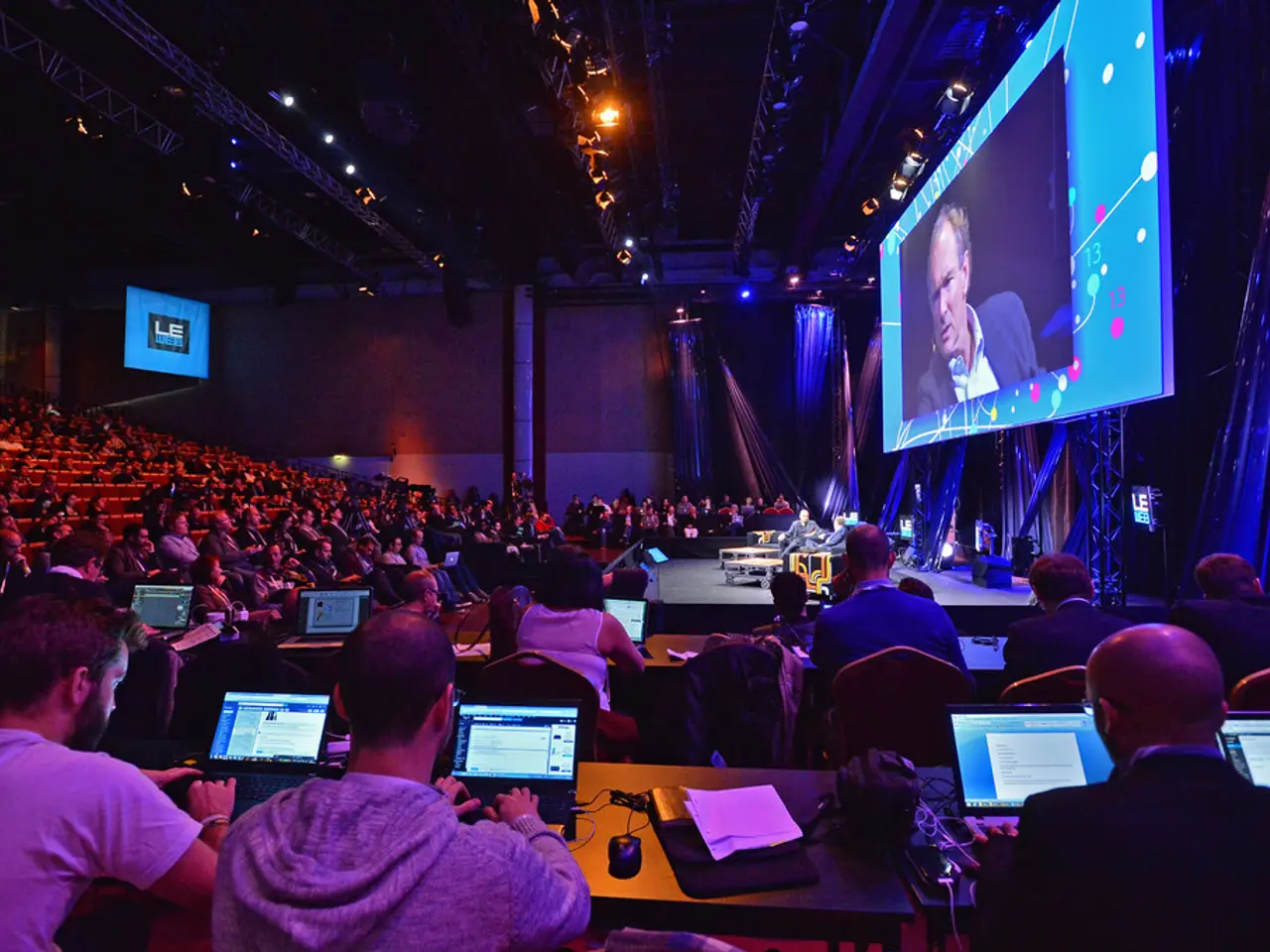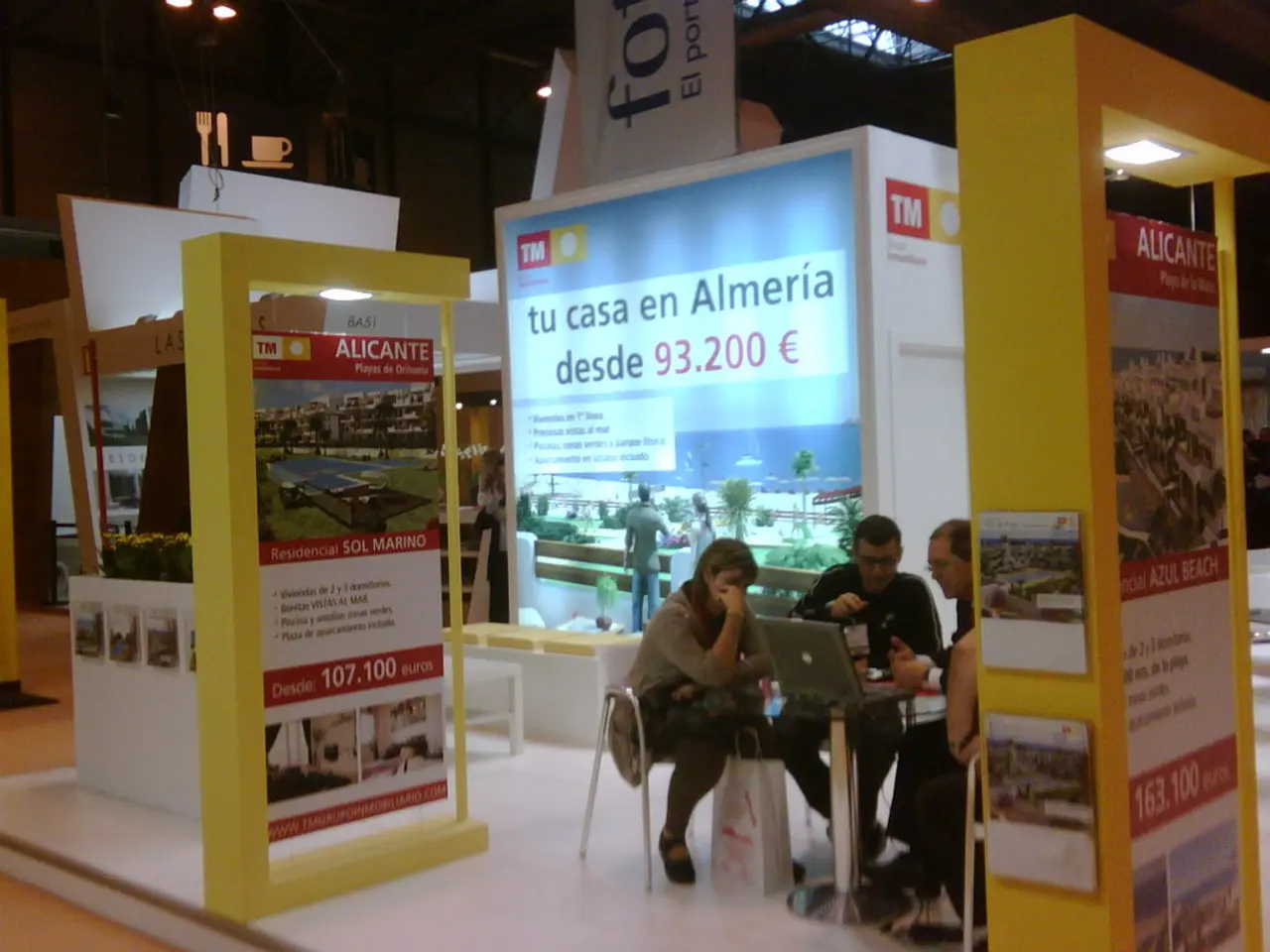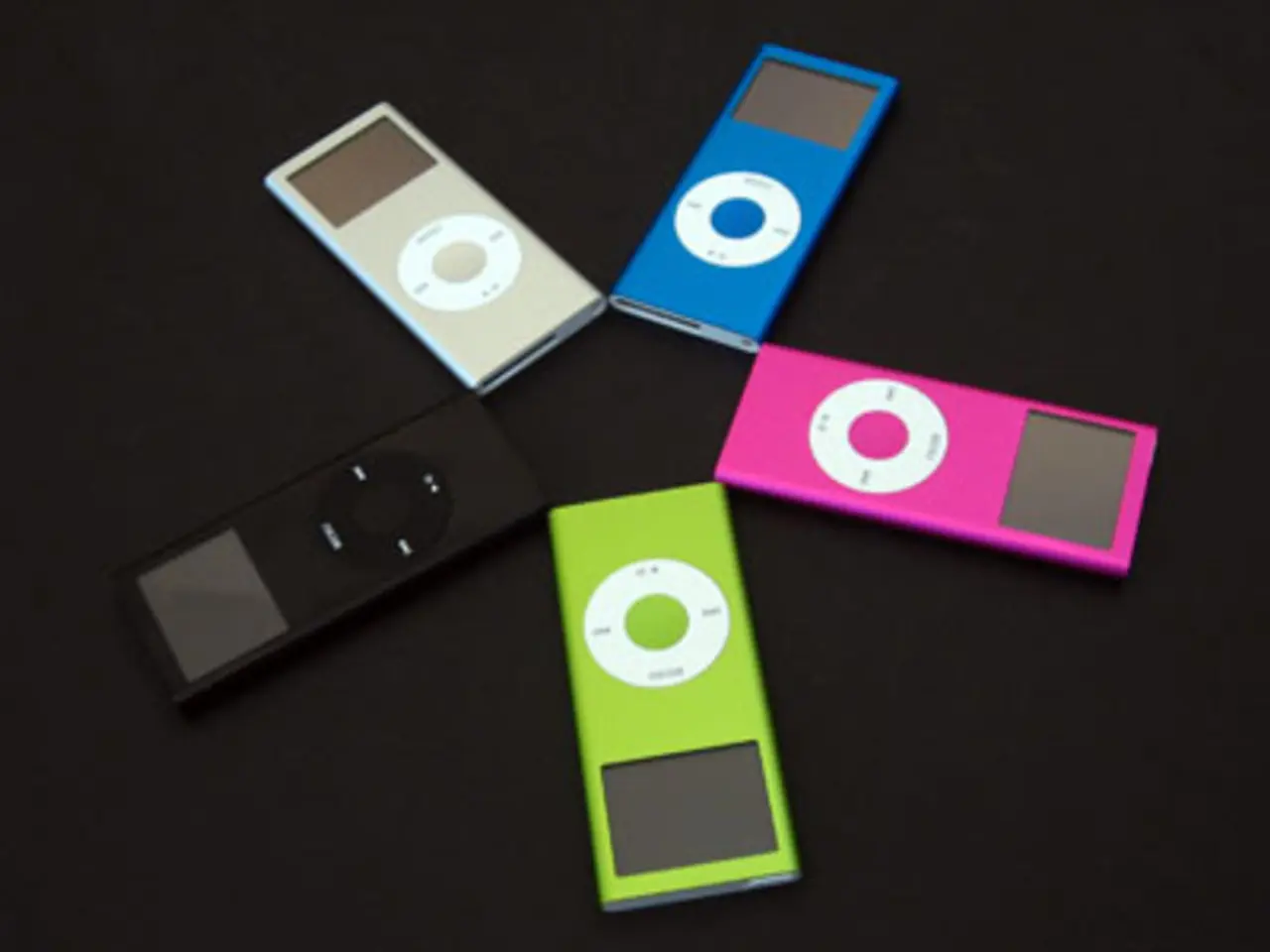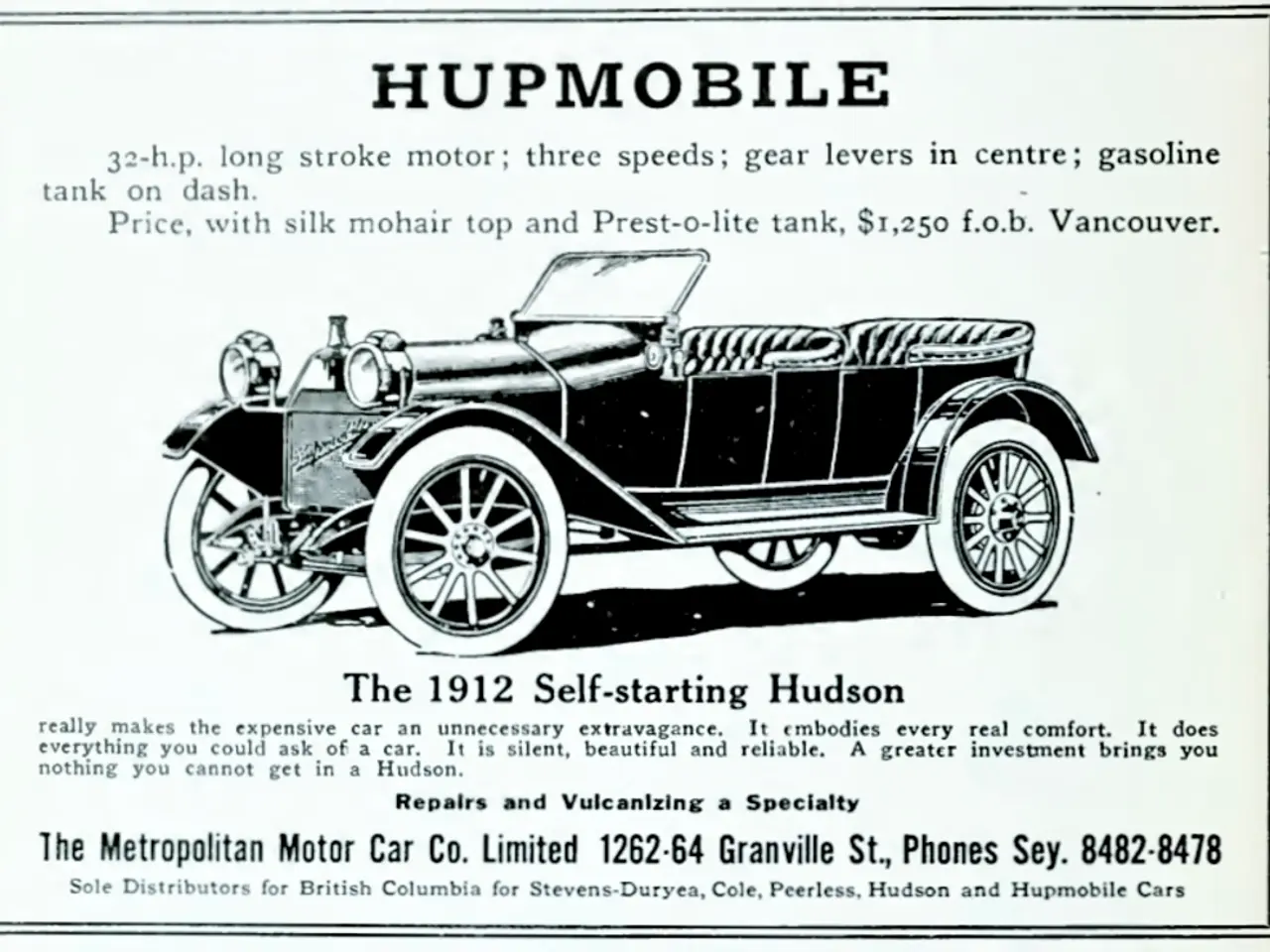The Importance of Sunlight-Readable Displays in Military Missions
### Military-Grade Sunlight Readable Displays: Pioneering Outdoor Visibility
In the realm of modern technology, military-grade sunlight readable displays have emerged as a game-changer, offering significant advancements that far surpass conventional LCD, OLED, and electronic paper technologies. These cutting-edge displays are meticulously designed to thrive in extreme environments and provide unparalleled visibility under bright, outdoor conditions.
#### Key Features and Advancements in Military-Grade Sunlight Readable Displays
Military-grade displays boast **extraordinarily high brightness levels** that often surpass 1000 cd/m²[1][5], ensuring clear visibility even under direct sunlight. **Optical bonding** is another crucial technique employed to reduce internal reflections and boost contrast, making them more readable in glaring sunlight[1].
Specialized **anti-reflective and anti-glare coatings** further minimize reflections and diffuse harsh sunlight, maintaining image clarity[1]. **Thermal management** technologies prevent overheating, preserving performance and reliability in harsh environments[1]. Wide **viewing angles** are achieved using IPS (In-Plane Switching) or similar technologies[5], ensuring consistent color and brightness from multiple angles.
These displays are engineered to be **rugged**, capable of withstanding shocks, vibration, dust, moisture, and extreme temperatures[3]. Some military-grade display systems are **modular and flexible**, allowing for easy configuration or expansion depending on mission needs[2].
#### Comparison with LCD, OLED, and Electronic Paper Technologies
| Feature | Military-Grade Sunlight Readable Displays | LCD (Standard) | OLED | Electronic Paper (E-Paper) | |---------------------------------|-------------------------------------------------|--------------------------------------------|--------------------------------------------|----------------------------------------------| | **Brightness** | Very high (>1000 cd/m²), optimized for sunlight | Moderate (typically 200-500 cd/m²) | Moderate (~400-600 cd/m², less in sunlight) | Low; poor sunlight visibility without front light | | **Sunlight Readability** | Excellent, via high brightness + optical bonding | Poor to moderate; suffers glare and washout | Poor in direct sunlight due to reflectivity | Excellent in sunlight; no backlight (reflective) | | **Viewing Angles** | Wide (IPS or equivalent tech) | Varies; IPS better than TN panels | Excellent, near 180° | Wide, but monochrome and slow refresh | | **Durability (Ruggedness)** | Built to military standards: shock, water, temp | Consumer/industrial grades vary; often less rugged | Fragile and sensitive to moisture and burn-in | Very durable, flexible, but fragile screen surface | | **Power Consumption** | High due to brightness and thermal management | Moderate; backlit LCDs consume power | Higher than LCD but can be efficient in some modes | Very low, only when changing display content | | **Color and Contrast** | High contrast with optical bonding, color calibrated | Good color and contrast, but limited in sunlight | Superior contrast and color vibrancy | Monochrome or limited color; slow refresh | | **Use Cases** | Military vehicles, aircraft, battlefield gear | Consumer electronics, indoor monitors | Smartphones, TVs, premium devices | E-readers, signage, low-power displays |
#### Summary
Military-grade sunlight readable displays prioritize **extreme brightness, anti-reflective technologies, and ruggedness** to ensure usability in bright outdoor battlefield conditions where standard LCDs and OLEDs struggle. While OLEDs provide superior color and contrast indoors, their sunlight visibility and durability are inferior to military displays. Electronic paper excels in sunlight readability and power efficiency but lacks color vibrancy and fast refresh needed in military applications.
In essence, military sunlight readable displays are specialized, ruggedized, high-brightness IPS-based systems employing optical bonding and thermal management to outperform standard display technologies in extreme outdoor environments[1][3][5].
#### Considerations for Investment
Companies must consider the total cost of ownership, factoring in repairability, upgrade cycles, and the evolving landscape of display technology and obsolescence. Continued innovation in sunlight readable displays is focused on balancing key performance factors: brightness, contrast, power efficiency, and rugged durability.
Organizations investing in high-performance displays for military applications must assess industry-specific requirements, regulatory standards, and long-term cost of ownership. Advancements in materials, backlighting, optical components, and coating technologies are driving the development of displays that offer improved performance, lower cost, lighter weight, and better energy efficiency.
The future lies in displays that are not only more powerful but also more sustainable. Anti-Glare coatings help reduce reflections by giving the display surface a matte finish. LCDs perform best in direct sunlight and are the most suitable option for high-brightness military use.
Displays must remain readable in wide viewing conditions, adverse environments, and under varying altitudes and atmospheric pressures. Cevians is a trusted leader in developing ruggedized display solutions for defense, aerospace, and industrial applications, with expertise in high-brightness, night vision applications, and sunlight readable display technology.
Technologies such as adaptive brightness, micro-LED's, energy-saving backlights, and improved coatings are pushing the boundaries of what outdoor displays can achieve. Marine and military LCD monitors often carry specific Ingress Protection (IP) ratings, such as IP65, which certifies resistance against dust, water, corrosion, and vibration.
Military displays contribute to the operational effectiveness of military personnel. They are held to rigorous standards, including MIL-STD-810 and MIL-STD-461. Sunlight-readable displays have luminance starting at 1,000 nits and reaching up to 2,500 nits.
Gadgets incorporating these military-grade sunlight readable displays leverage technology to excel in outdoor environments, providing unparalleled readability even under extreme conditions. This novel technology surpasses other gadgets that employ conventional LCD, OLED, or electronic paper displays, offering enhanced features such as high brightness, anti-reflective coatings, and rugged durability.
These military-grade displays are distinguished by extraordinary high brightness levels, anti-reflective and anti-glare coatings, thermal management, and wide viewing angles, making them more suitable for rugged, outdoor environments than traditional gadgets. Additionally, they are engineered to withstand shocks, vibration, dust, moisture, and extreme temperatures, offering unmatched performance in harsh conditions.




